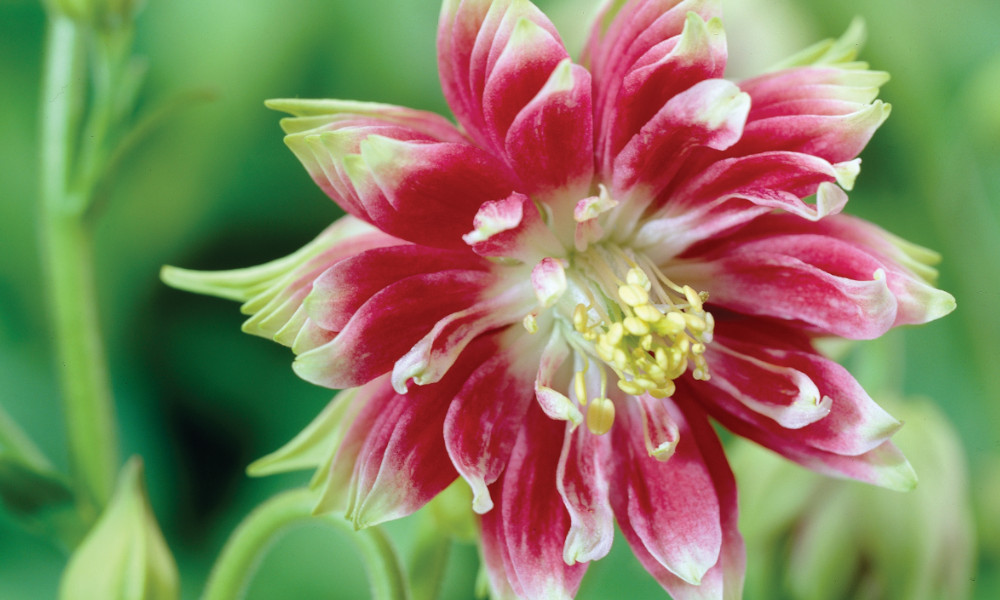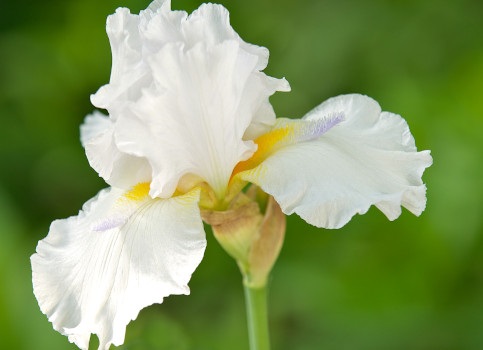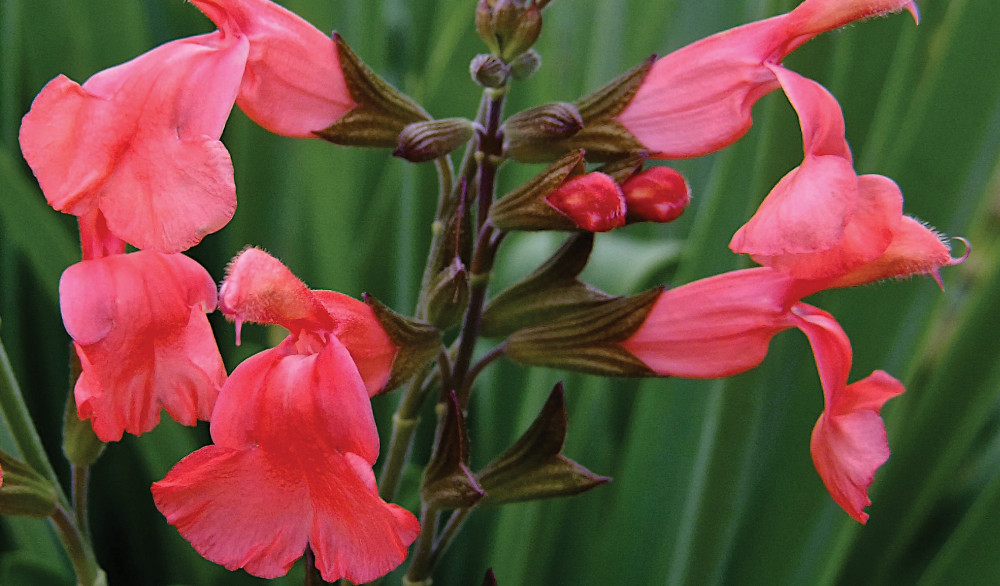How to Prune Plants
How to Prune Plants

Pruning and cutting back plants, shrubs and trees should be undertaken as part of your general healthcare regime in the garden. Performing these tasks will not only tidy up your plants overall appearance but will encourage reoccurring growth that is both healthier and more vigorous.
Equipment Needed
Pruning Shears (Scissor or anvil)
Snips
Lopping Shears
Hedge Shears (manual or power)
Pruning Saws

When to prune perennials
Herbaceous perennial plants can be pruned during the autumn and should be undertaken to remove dead, old or diseased growth or to control a congested or spreading plant. Some plants can be left over winter to provide protection from frost whilst providing a valuable food source and form of habitat for local wildlife. Spring is a great time to prune plants that are borderline hardy as leaving foliage and dried flower heads in place over winter will aid in the protection from frost and adverse weather conditions.
How to prune perennials
- Pruning to retain shape: Some plants may outgrow their designated space or may appear a little congested. You can thin out perennials by removing half of the crowded stems, taking the weaker parts of the plant back to the ground. Alternatively, you may wish to divide plants to improve the health to the parent plant whilst increasing your stock elsewhere in the garden.
- Pruning to revitalise: When some plants start to fade, growth may start to look a little tired and discoloured. In cases such as this, prune the foliage to where there are signs of fresh growth or take right back to new basal growth. Although this may seem a little severe, it will provide a profusion of healthy, new growth with a bushier habit for the following season.
- Pruning during autumn and winter: Cut stems to the base of your plant or just above any new signs of growth and remove surrounding debris and weeds. Mulch around the base of your newly pruned plant and apply an appropriate feed if necessary during the spring.
- Pruning during spring: Cut back to the point where new growth is emerging. Cut any old stems and wood right back to within an inch of the soil level as this will help new shoots to develop and thrive. Remove any debris and weeds, providing a mulch around the base of your plant.


